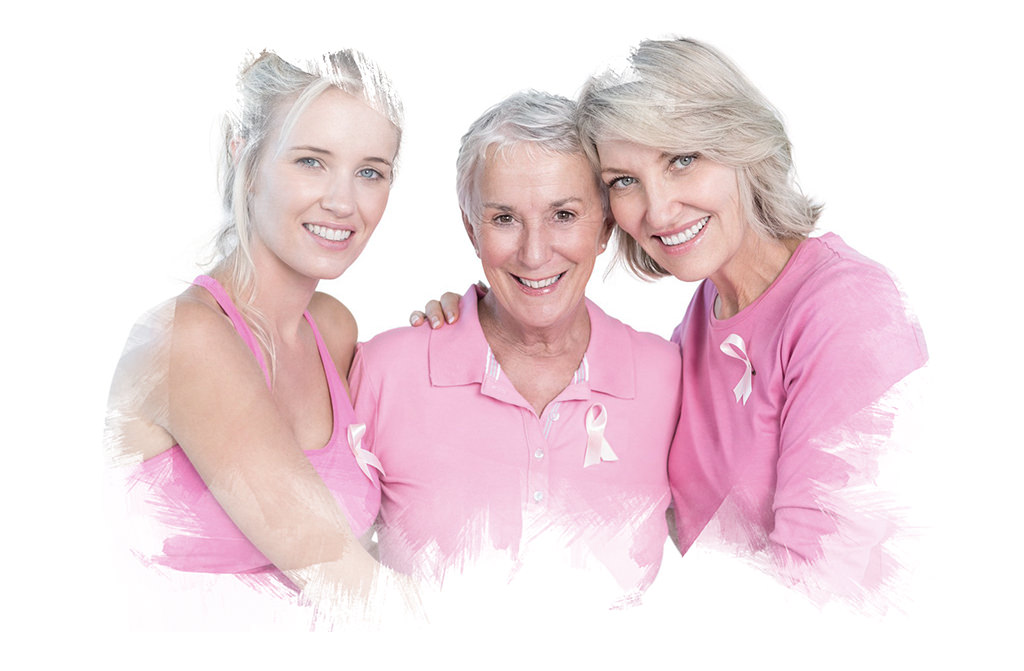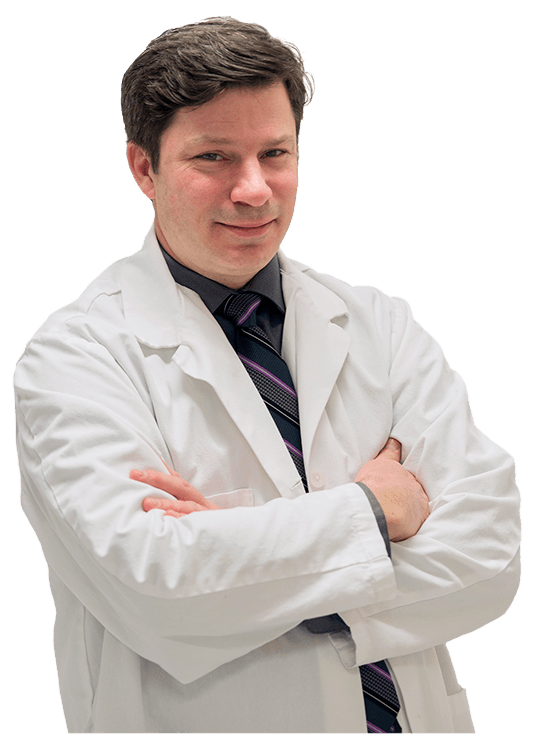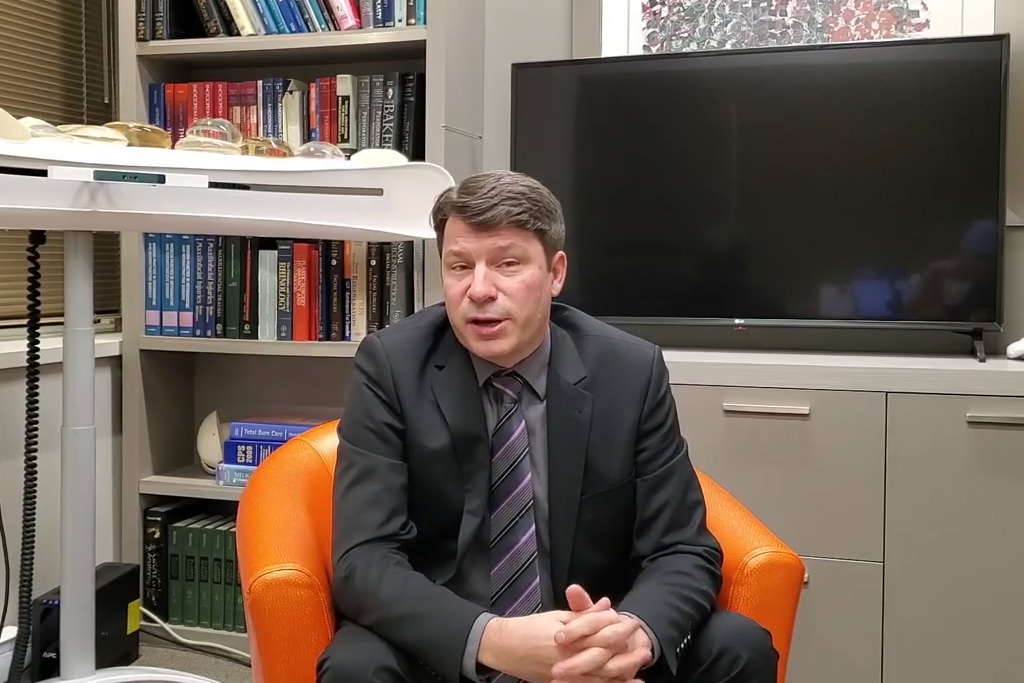This website uses cookies so that we can provide you with the best user experience possible. Cookie information is stored in your browser and performs functions such as recognising you when you return to our website and helping our team to understand which sections of the website you find most interesting and useful.
How to restore the breast
Breast cancer is unfortunately an increasingly common disease. After the removal of the mammary gland and the breast (in part or entirely (mastectomy)) following breast cancer, the psychological and physical health of the patient are at a critical level: the word “amputee” often comes up in the mouths of the concerned women.
Dr Alain Gagnon offers them a return to “normalcy” after this trauma and does so with a very successful protocol. Indeed, breast reconstruction allows for a satisfactory aesthetic result to be obtained and is part of the process of healing the psychological shock that the patient has had to go through. During the first consultation, Dr. Gagnon will determine the most suitable treatment, in order to treat the patient to the best of his capability.
Breast reconstruction helps to restore the appearance of the breast and body, improves the woman’s self-esteem and strengthens her self-esteem.

Duration
1.5-3 hours

Anesthesia
General

Stay
24-48 hours
The goals of breast reconstruction
Breast reconstruction is one of the most vast and complex fields. Dr. Alain Gagnon is one of the most experienced surgeons in Montreal: he treats breast cancer and performs breast reconstruction. From his experience as a referent surgeon in this field, he will be able to guide you in choosing the best strategy for breast reconstruction, in a way that is adapted to your desires and needs.
The goal of breast reconstruction are to reconstruct the missing breast by adding volume, giving a natural shape to this volume, symmetrizing the contralateral breast if necessary and reconstructing the areola and the nipple.
Whenever possible, reconstruction is achieved at the same time as when the tumor is removed. Depending on what is determined during the breast examination, reconstruction may be achieved by a local reshaping, an implant or a fragment of the patient’s own muscle or skin tissue. This surgery has come a long way and is one of the most rewarding surgeries, for both the patient and the surgeon.
What are the breast reconstruction techniques?
There are a variety of breast reconstruction techniques that use implants, your own fat tissue, flaps, or a combination of all three. When making your choice, you should consider your personal preferences, physical factors, the possible need for chemotherapy or radiotherapy treatment, as well as the recommendations of your surgeon, gynecologist and oncologist.
Breast augmentation with traditional implants
Reconstruction by breast prosthesis is the most widely used technique. It adds volume through a simple and fast surgical act. The result mainly depends on the quality of the remaining chest skin and the patient’s morphology. You should know that this technique can be combined with a latissimus dorsi flap or an abdominal advancement flap to provide skin when it is insufficient in quantity or quality, or with lipofilling (injection of fat) to hide the contours of the prosthesis and improve the quality of the skin if necessary.
Finally, to relax the skin as well as to create some, we can sometimes put a breast expansion prosthesis, which is inflated regularly, in order to obtain the necessary space and skin for a conventional prosthesis.
Flap reconstruction
The tissue flap technique recreates the breast using tissue from other parts of the body. The flap can be taken from the abdomen, back, or buttocks. This reconstruction by tissues made up of skin, muscle and fat has the advantage of being achieved with living parts of the body, which therefore avoids the risk of rejection. The surgery and recovery take longer than with implants, since two areas of the body are stressed.
Natural breast augmentation with fat graft
In addition to the complete reconstruction of the breast after a mastectomy, the fat graft can complement another breast reconstruction intervention in order to naturally correct issues after a conservative breast treatment (lumpectomy), fill in volume losses after reconstruction by flap to obtain symmetrical breasts or improve the quality of the skin after radiotherapy.
Immediate breast reconstruction is performed at the same time as the breast removal. It is only possible in certain specific types of cancer, generally the less aggressive ones.
Deferred breast reconstruction can be considered at any time after the removal of the breast, even twenty years later… However, it is necessary to wait a minimum of three months after a simple radiotherapy-free mastectomy, or one year after the end of radiation therapy. It is also preferable to perform it as soon as possible (within these deadlines) in order to move on psychologically from the cancer.

The intervention
The details concerning the preparation, the duration of the surgery, the follow-up … obviously depend on the chosen technique.
However, the most important intervention is the first one which provides volume and, if necessary, the skin.
For reconstruction with a prosthesis, the patient generally remains hospitalized for one to two days. With a flap, she will be hospitalized for three to five days.
The other techniques detailed above are easily practiced on an outpatient basis and are not painful.
- 1st step: reconstruction of the missing breast by adding volume.
- 2nd step: symmetrization of the contralateral breast if necessary and if the patient wants it, with alterations of the reconstruction if necessary.
- 3rd step: reconstruction of the areola and nipple.
It usually takes three interventions to obtain optimal results. However, each case of breast reconstruction is unique, and the wishes of patients can also be very different. For example, if symmetrization is not necessary, only two interventions will be performed. Likewise, if the patient wants symmetrization at the same time as the reconstruction of the areola, then it is possible to perform both at the same time. Finally, small alterations can be made afterwards, generally on an outpatient basis. The total number of operations therefore varies from one patient to another.
The results
Reconstruction of the areola mammae, the final step in breast reconstruction, although optional, is essential for many women. By recreating the nipple and areola area, we restore a fuller and more natural appearance to the reconstructed breast. This can be done 12 months after breast reconstruction, after your breast has recovered and you are satisfied with its shape and size. Reconstruction of the nipple and areola is performed on an outpatient basis, with local anesthesia.


Discover an amazing experience
PRECISION, PERFECTIONISM, RIGOR AND PASSION
Choose a modern and innovative cosmetic surgery for a unique and natural result which is adapted to your desires and needs.




